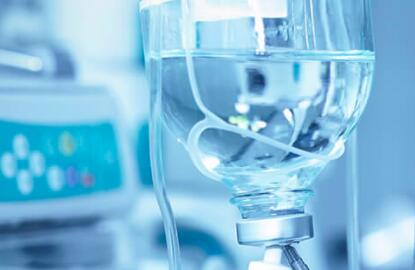Airway clearance therapy is used to treat many diseases. This expert consensus is based on the impaired mechanism of airway clearance in critically ill patients, combined with the principles of pharmacologic and nonpharmacologic therapy, to select the appropriate treatment plan according to the following recommendations: (1) Hypertonic saline and isotonic saline atomization therapy can be used to induce the formation of sputum to facilitate specimen collection; (2) for patients with invasive mechanical ventilation, it is recommended that acetylcysteine be inhaled as needed according to the viscosity of airway secretion; (3) due to the lack of evidence on the safety and effectiveness of airway clearance drug inhalation, it is recommended not to use intravenous medication for aerosol inhalation; (4) before airway clearance, the causes of respiratory function and sputum excretion disorders should be evaluated to develop individualized airway clearance regimen; (5) PEP/OPEP can be used in the treatment of chronic obstructive pulmonary disease, cystic fibrosis, and bronchiectasis, which is more effective than conventional physical therapy, The therapeutic effect depends on the selected device, the set resistance and the compliance of patients; (6) the combined application of airway clearance technology is better than a single modality. For patients with artificial airways, tracheoscopy combined with vibratory sputum treatment significantly increases the clearance of airway secretions; (7) mechanical cough assistive technology can be used for patients with expiratory muscles weakness, but should be used with caution in patients with obstructive airway disease.

